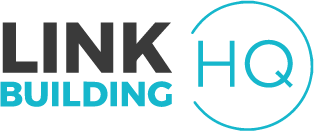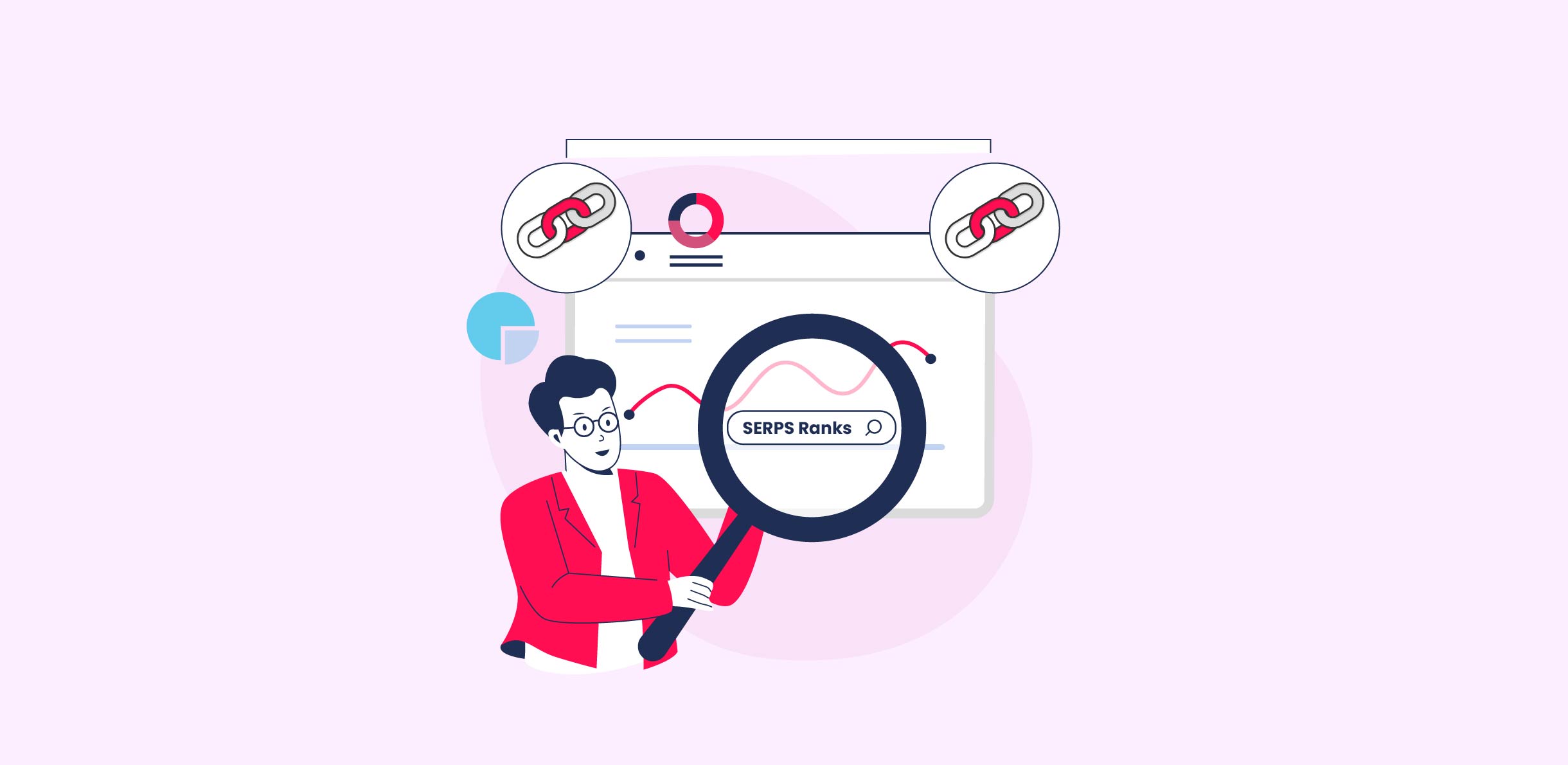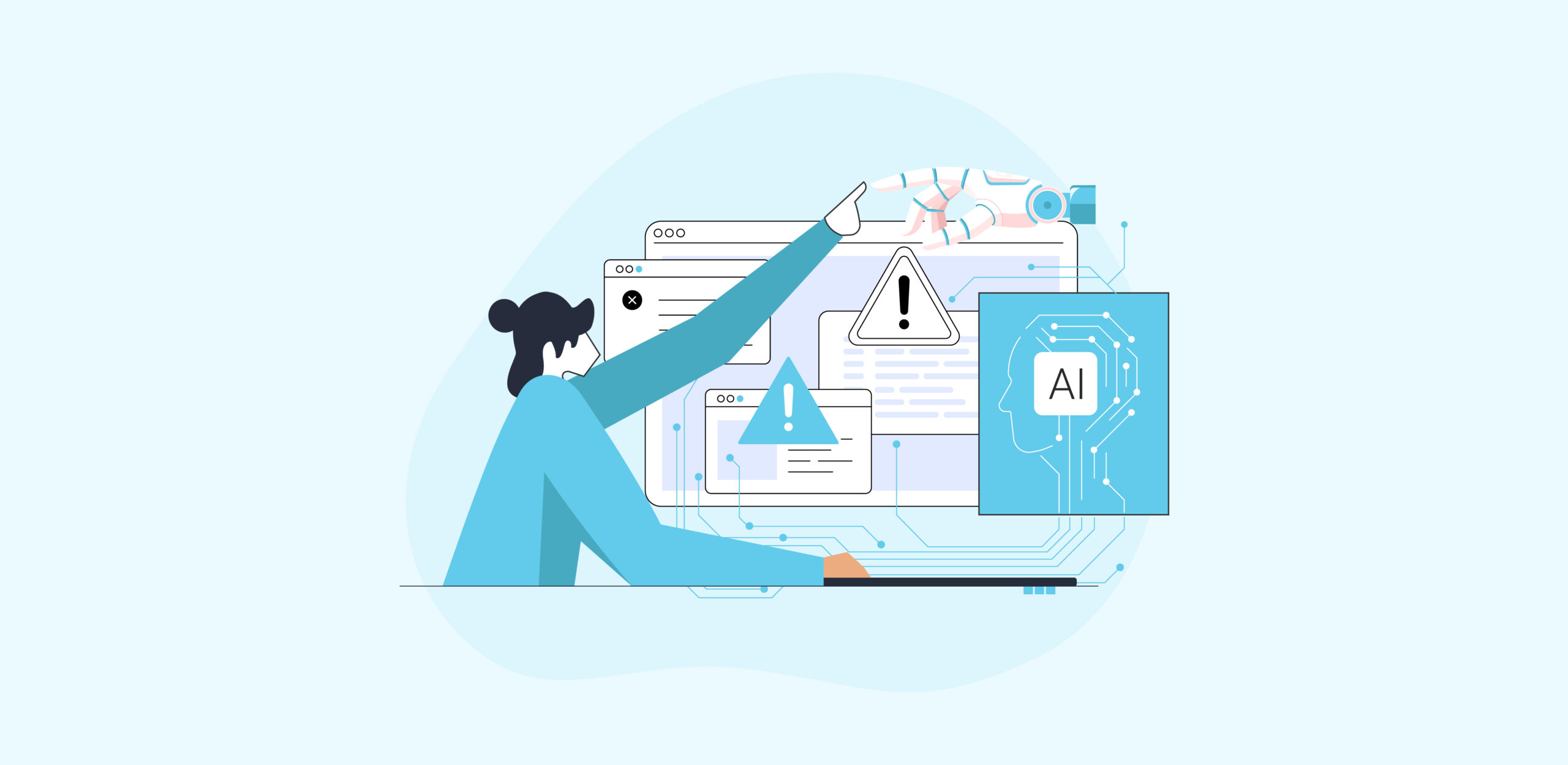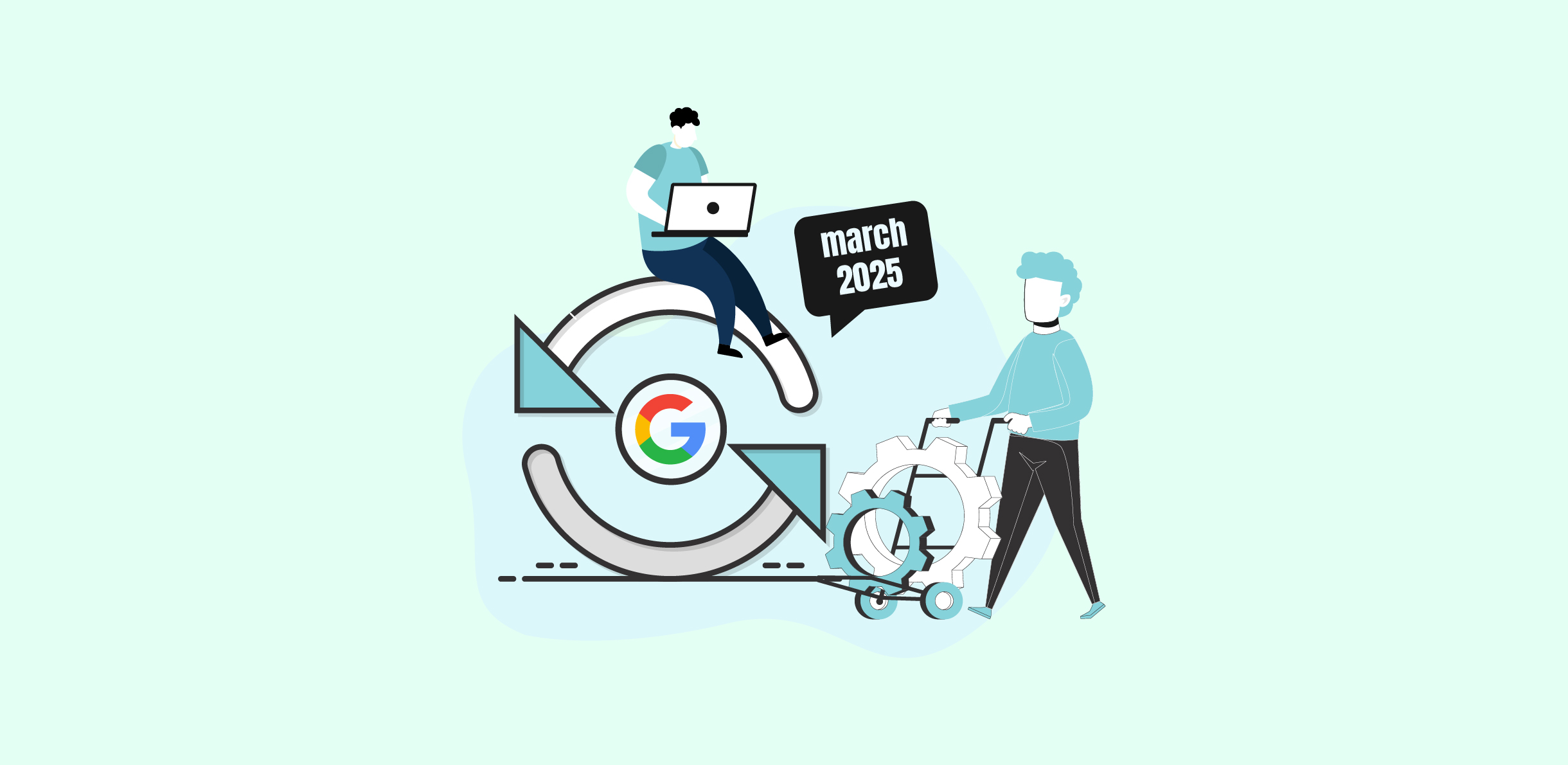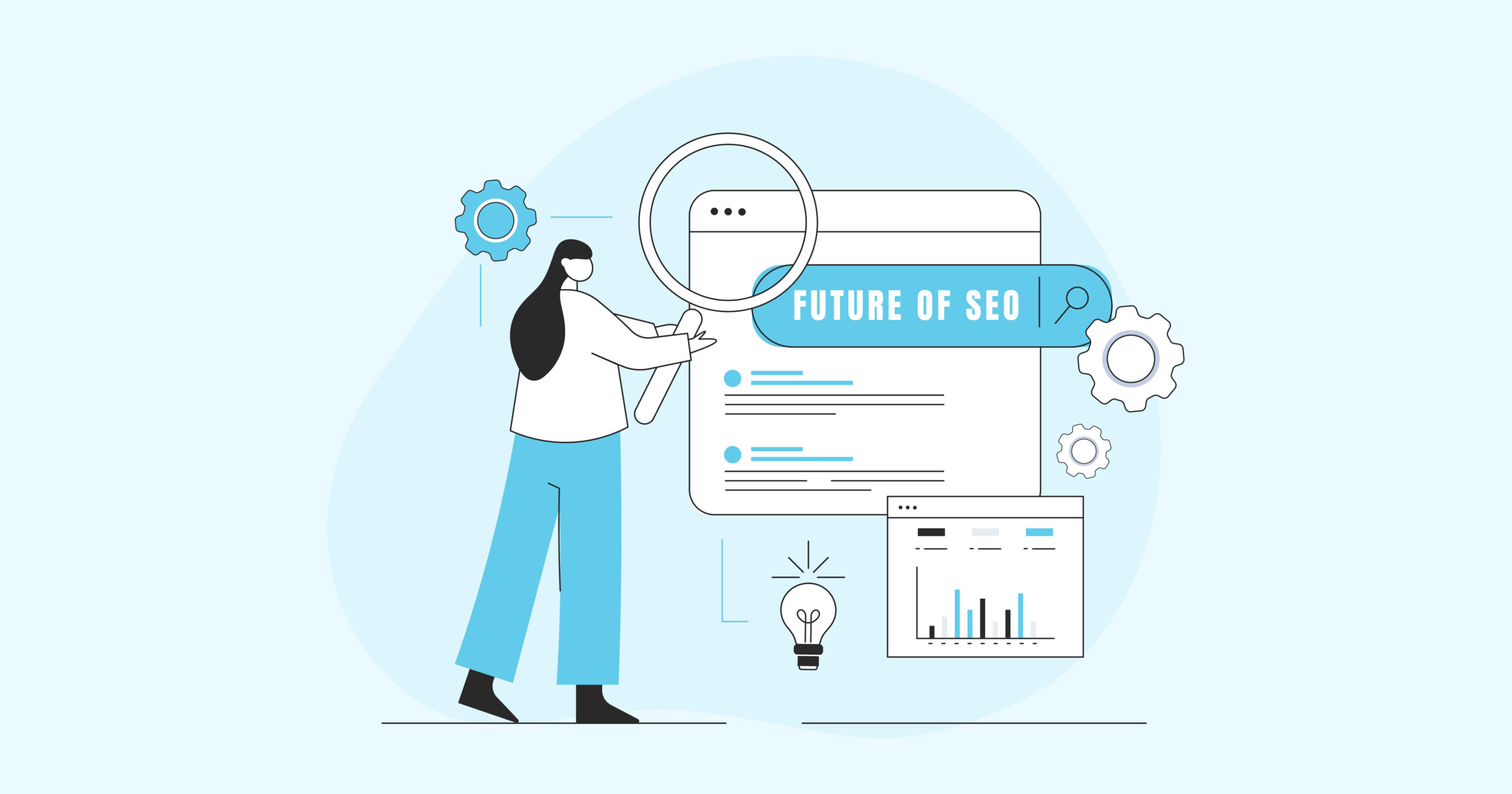In the 2023 Pubcon Austin, Gary Ilyes from Google said that the importance of backlinks is overemphasized, suggesting they were not among the top three ranking factors for Google. Later in May 2024, Google API leaks surfaced which rendered this statement a bit questionable. After that, he took to Twitter to accept what he said should not have been said. With API leaks, it was out in the open that backlinks are considered an important ranking factor. But what types of backlinks you need in SEO help achieve better rankings? We’re here to take you through an entire discourse to clarify all the shifts and mysteries attached to backlinks and their types.
What Are Backlinks?
Backlinks are hyperlinks that drive users from a referring website to a referred domain. In other words, it’s a hyperlink that redirects to the original or recommended source of information, placing the linked website as a credible authority on the subject. According to Backlinko:
“Backlinks are links on other websites that point to your website.”
However, there is a lot of work that goes into acquiring backlinks for your website. First things first, the quality of a link is absolutely critical. This means that your referring source should itself be credible enough to cite you as a reference. Second, it should link back to you for your niche subject instead of an irrelevant topic. In simple words, a car parts website getting referred by a shoe store doesn’t quite cut it.
To fit into this criteria, there are a few prerequisites brands must fulfill. These work by laying out the groundwork for a good backlink profile.
- Producing high quality content that provides value to the readers.
- Focusing on crafting a content strategy that caters to all topics in your niche.
- Networking with industry experts, writers, speakers, and influencers.
- Building relationships with website owners.
- Researching to identify niche relevant domains or potential referral sites.
The process will take time, that’s a given. But it does significantly boost your chances to snag organic backlinks from a range of sources. Diversity in a backlink strategy works like paint on a drawing, it adds depth and character. So, identify which types of backlinks you need in SEO are most worthwhile and are suited for your industry and business model. Reflecting that in your strategy will probably lead to bigger gains.
Are Backlinks Important & Why?
Yes, backlinks are important. That’s not a personal claim. The 2024 API leaks shed light on the topic, making it reasonable to assume that they do have a role in SEO. It constituted information related to indexing tiers, local country codes, Homepage PageRank, and anchor mismatch, besides other things.
The leaks uncovered that there are indexing tiers set by Google based on where they store their data. These tiers are divided into three categories: high, medium, and low. A higher tier brings more value to destination pages. Additionally, Google uses local country codes to identify local backlinks — those with linked and referring domains in the same country hold more value in their index.
HomePage PageRank also has a role in this. Google assesses a link’s quality based on the homepage until new pages are created and have their individual PageRank determined. On the other hand, they assess a link’s relevance using the Anchor mismatch metric, ensuring that links redirecting from different domains are relevant to the page topic.
All this is just the tip of the iceberg. If you want to explore what else the leaks unearthed, watch our video that goes into the details of the leaks.
How Do Backlinks Help?
Backlinks are undeniably important for SEO and can help improve online visibility for a website. In fact, the 1st-ranked page on Google has about 3.8x more backlinks than those on 2nd, 3rd, and further down. For this reason and more, 80% of SEOs consider link building as an important factor when optimizing for SEO.
But why put in so much effort in outreach, networking, and link acquisition? There are several reasons to consider pouring more time and effort into link building. Here are a few:
Improved Search Rankings
If a website gets referenced by a high authority website, it’s considered a positive authority signal. In simple words, the linked page is perceived as a trustworthy source of information by search bots, placing it higher in the search engine rankings.
Take this as an example. We recently came across a client running an e-bike retail store. Their traffic remained unchanged for an entire year after the website launch. That is, until we started working on their link-building profile. In 11 months, their page rankings for 1-3 positions increased by 55.9%, which is a significant jump from their initial standing.

Indirect Traffic Source:
Besides referral traffic, AI overviews also help secure web traffic by pushing a website further up the ranking charts. So, whether your objectives for backlinks are to get clicks or build authority, traffic will follow.
That’s a claim we’ve tested more than once. In fact, this aviation company saw over 60% increase in their organic traffic within just 6 months. It took outreach focused on high authority aviation blogs, regional tourism portals, travel news sites, and industry publications to get them there.
Faster Indexing
Search bots use different channels to discover a website for indexing. One of them is through backlinks pointing to your website. When crawling a referral website, web crawlers follow the backlink path to land on the linked website, consequently leading to discovery and indexing.
This means that the more backlinks you have pointing back to a page, the faster it will be indexed. With newer websites, this is quite effective.
Improved Domain Authority
Domain Authority is an accumulated rating of a website determined by the Moz index. They use a number of factors to gauge this value, and one of them is the quality of backlinks on a website. This means that any efforts directed towards improving the backlink profile of a site will eventually lead to an improved DA score.
Ahrefs has an alternative metric for this, which is called Domain Rating or DR. If you want to assess both DA and DR of a website side-by-side, head over to our domain metrics checker.
Types Of Backlinks Based On Their Tags
Before we get into explaining what are the most powerful backlinks, let’s distinguish which types of attributes can be attached to these backlinks. Some of them are to identify affiliations and sponsored links, whereas others define the path of a link (follow or no follow). Let’s dive into it to understand each type.
Do Follow Backlinks
Dofollow links contribute to PageRank for the referred pages. How? They communicate with web crawlers to ensure the transfer of link juice (link equity) between the referring webpage and the linked pages. This type of link has greater SEO value as it contributes to a domain’s authority and ranking capability.
Dofollow links have the dofollow or follow tag that helps crawl bots identify them. Here’s what it looks like:
<a href=”https://www.example.com” rel=”dofollow”>Example Website</a>
If the HTML code does not contain this tag, but also doesn’t have a sponsored, ugc, or nofollow tag, it is still most likely a standard dofollow link.
<a href=”https://www.example.com”>Visit Example</a>
Nofollow Backlinks
A nofollow link does not pass on direct authority like a dofollow backlink, but it does boost traffic, visibility, and brand awareness. In essence, it is a hyperlink identified with the rel=”nofollow”> attribute. It blocks the path of web crawlers when discovering new pages, preventing linked page retrieval and consequently the transfer of link equity.
While a nofollow backlink doesn’t directly impact a website’s authority or rankings, it does help boost visibility and traffic. Here’s what a nofollow attribute looks like:
<a href=”https://www.example.com” rel=”nofollow”>Visit Example</a>
Sponsored Backlinks
As the name suggests, a sponsored link is a paid link. Advertisers and webmasters place their website links on high authority, niche-relevant sites to drive traffic to their webpages. Google guidelines necessitate these links to be tagged with a rel=“sponsored” attribute for identification.
UGC Backlinks
UGC backlinks are links placed by website visitors or users as comments, reviews, and other forms of content. These should be specified with a rel=”ugc” attribute in the HTML code. It helps Google identify what types of links you need and how they are and determine if they will contribute to PageRank.
Failing to specify these links with appropriate tags can be harmful for a website. A large number of unspecified UGC links can be considered spammy, with the website possibly getting penalized for having unnatural inbound links.
Which Backlinks Are The Best?
A website harboring a combination of backlinks is one that excels in the visibility race. It’s like being invited to every party in town — suddenly everyone knows your name because you’re showing up everywhere. Eventually, your brand gets recognized and talked about more often in the niche community.
While all types of backlinks are critical for traffic and search visibility, the best backlinks for SEO are those that deliver higher authority signals. Here are a few examples.
Editorial Backlinks
Imagine you create content so great that authors want to share it with their own audience. That’s possible only with evergreen content or content pieces that add value to a niche topic. Ultimately, when an author refers to your content piece to add credibility to their own content, you’re placed as an authority on the subject.
These are the best types of backlinks you need for SEO. They’re recommended by Google, and their organic placements work seamlessly to shoot authority signals in your direction. But how can you acquire them? First things first, reassess your content strategy to make sure you’re creating high-quality content focused on trends and analytical precision. Next, play around with different content types to deliver that value. For example:
Blogs/Articles/Guides — Detailed discourse on a subject that effectively addresses the queries of your readers.
Case Studies — Statistical representation of industry concepts and questions obtained after tests and trials or client results.
Infographics/Images — Visual assets focused on figures, stats, and analytical information.
Videos — Podcast interviews, tutorials, explainer videos, or reviews.
Guest Post Links
Guest posting involves a publisher creating content for another website in the same niche. In the content piece, they insert a link to their own website to carry authority signals. These types of backlinks can be beneficial for SEO if they are acquired via genuine industry relationships rather than unethical practices.
A guest post link can be considered a high-quality referral link when it comes from an authoritative website. The idea is to find link prospects and perform outreach to see if a website owner is willing to accept your piece as a publisher. They can either insert it in the author bio or hyperlink it within the pillar page content.
Niche Insertions
Niche insertions or curated link building begin with niche website research. These links are often plugged into existing blogs and articles on niche websites, but they must be contextual. For example, if you run an online flower shop, then a blog discussing bouquet assembly techniques provides the perfect ground for link insertion.
One of the reasons why niche edits or insertions are in our recommended list is that they are placed on existing posts on older pages. This means that the page is most likely indexed, boosting the chances of discovery via the linking page.
Digital PR Backlinks
PR backlinks are earned when online news outlets, industry journals, or event websites publish company updates — like product launches, announcements, or events with a link to the relevant pages on the company site. These links not only highlight the latest company news but also boost authority, brand awareness, and referral traffic. When it comes to PR backlinks, there are two formats to target:
Press Release — Articles drafted for the purpose of announcing company news and updates. For example, launching products, services, tools, or introducing a free course and service offerings.
Research Publications — Conducting research on industry topics and reaching out to journalists and research journals. If they find value in your content and agree to publish your study, you can earn a backlink in return.
A recent survey gathered insights from a diverse group of professionals, including marketers, SEO experts, agency specialists, and freelancers. In one of the questions, about 67.3% of respondents said that they prefer Digital PR links over other types. The data clearly indicates that most marketers prefer PR links over other types.
Acknowledgment or Badge Backlinks
Websites display acknowledgment links with brand logos as an act of appreciation for collaboration. These come from sponsoring events, speaking at conferences, or carrying out successful business partnerships.
In some cases, websites display a badge of honor or award to a site for their contribution to specific events or communities. These carry great value as they place your brand as a reliable industry player. If they are contextual and relevant, they may also send authority signals to search engines.
Image Inserted Backlinks
Information presented in the form of a visual image or asset is one that’s easy to navigate and comprehend for most people. Image links can be acquired when you represent information-rich concepts and statistical data points using visual aids like images, graphs, and charts. Every time someone shares that image on socials or blog posts, you earn a backlink to your site.
In fact, blogs posts containing infographics are 178% more likely to attract inbound links. To ensure Google bots can discover and crawl your image backlinks, abide by this three point rulebook:
- Add alt text to your image.
- Use appropriate tags.
- Apply proper file name format.
Types of Low Quality Backlinks
A well-rounded link-building strategy integrates reputable, contextual, and natural backlinks from various sources. However, some links carry less value than others, and some may even get you penalized.
A number of backlink types do not contribute to a website’s authority and are not recommended for SEO value. The list of backlinks to your site should fulfill three objectives — visibility, traffic, and authority. If you plan to integrate low-quality backlinks to your site, exercise caution when acquiring and retaining them.
PBN Backlinks
PBNs or Private Blog Networks serve as a chain of websites interlinked to each other and owned by one entity. These websites were previously used by SEOs to trick the algorithm into artificially boosting the rankings of a money site (the site they want to improve).
In 2012, the Penguin Update hit these websites hard. PBN links were eventually classified as a black-hat SEO tactic, and were openly discouraged by Google. So, instead of purchasing domains to place artificial backlinks in content for little to no value, it’s best to redirect those efforts into building organic backlinks.
Social Bookmarking or Pillow Links
Social bookmarking works as a form of pillow backlink to diversify a website’s link-building profile. SEO professionals share and save their website pages on social platforms and bookmarking sites like Reddit, Quora, or Pinterest to improve visibility and increase backlink numbers. Albeit low-quality, these backlinks may help drive more traffic and ensure faster indexing.
However, a link-building strategy can not rely entirely on social bookmarking. While these links are easy and accessible, it’s best to engage and network on bookmarking or social sites before attempting to secure them. This will ensure these links appear natural to search engines, reducing your site’s chances of getting penalized for artificial link acquisition.
Forum Comments/UGC Backlinks
Commenting for the purpose of backlinks is a practice many misuse. Instead of focusing on fostering organic relationships on social communities and blog pages, SEOs often resort to bulk commenting, which may be perceived as spam by search engines.
The right technique for backlink comments is to establish yourself as an industry expert on niche forums, discussions, posts, and threads. Providing organic value through natural commenting on community platforms is how you attract traffic and avoid spammy patterns.
Best Backlink Practices — Bonus Points
Now that we’ve explored the most effective backlink types in SEO, it’s important to note that these backlinks only work when adhering to SEO best practices and Google’s spam policies.
Let’s break down white hat link building techniques known to drive the best search performance.
- Run regular backlink audits to identify gaps in strategy, disavow toxic backlinks, and replace broken or dead links.
- Integrate a combination of nofollow and dofollow links to your link profile to maintain diversity and redirect traffic and authority from various sources.
- Use crawlable HTML <a> tags with proper href attributes, so Google can easily discover and index your linked pages.
- Write descriptive, concise anchor text that accurately reflects the topic of the linked page. Avoid generic anchor text like “click here” or “read more”.
- Use image alt text as anchor text when linking through images to improve accessibility and SEO.
- Link out to reputable external sources when relevant to boost credibility and user trust.
- Use rel=”nofollow”, rel=”sponsored”, or rel=”ugc” attributes appropriately to qualify paid, user-generated, or untrusted links.
- Utilize natural, contextual linking rather than forcing links for SEO purposes.
Conclusion
So, which of the following types of backlinks is the best for SEO? There is no one-size-fits-all technique to shoot a website up the search engine results page. A combination of high-quality backlinks with organically acquired nofollow links is known to generate positive authority signals, eventually leading to better rankings and traffic.
The most effective buzzwords to remember when creating links are industry relationships, appropriate link attributes, evergreen content, and authority building. Your backlinks can truly make or break your online success, and if you want to minimize the risk, you can always reach out to a white label link building agency to acquire quality backlinks.
